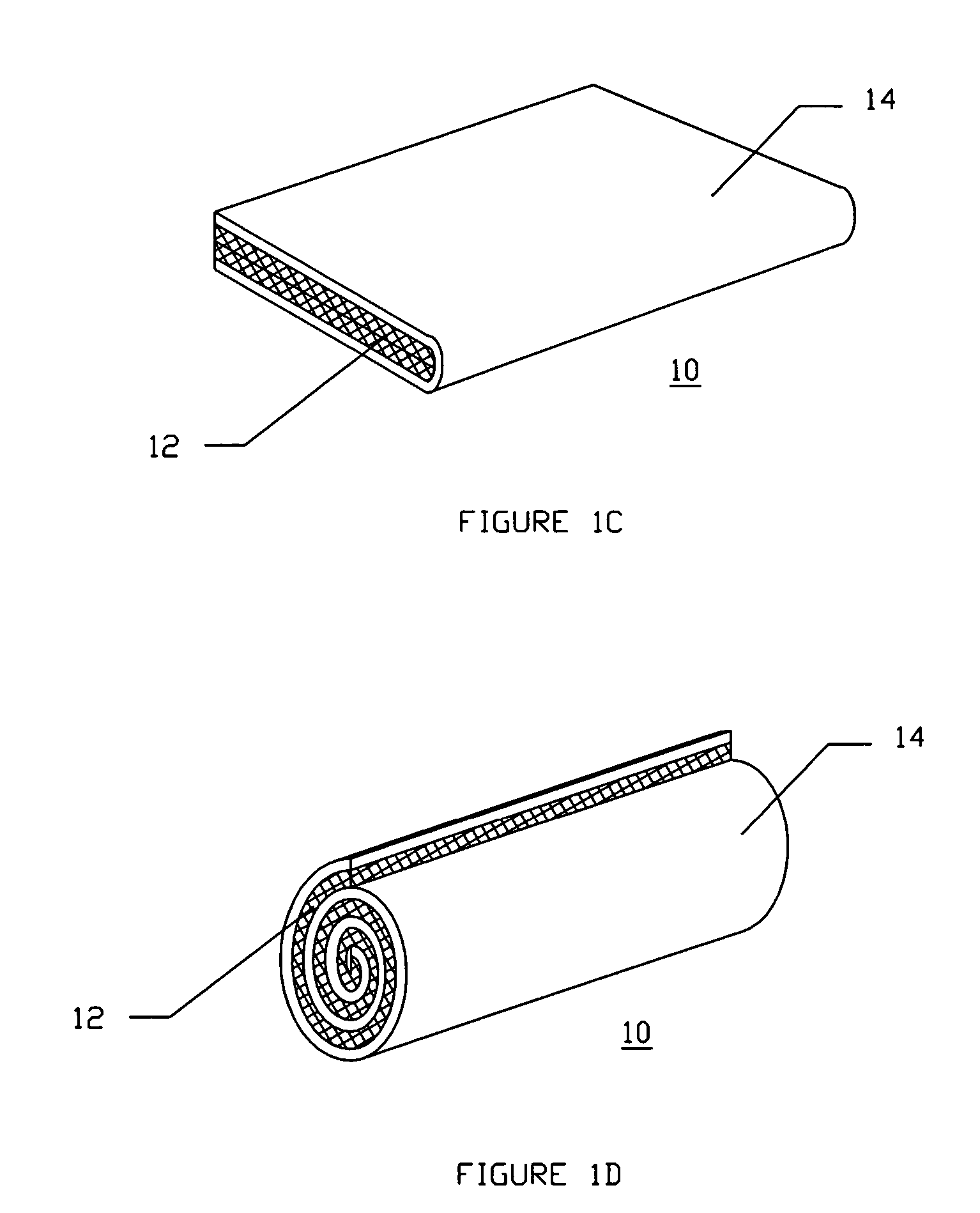Method and apparatus for hemostasis
a hemostasis and device technology, applied in the field of wound care, can solve the problems of re-bleeding, no optimal device or tactic for the execution of the procedure, and the inability to effectively execute the procedure, so as to improve the hemostasis of the device, the effect of enhancing blood clotting and most efficacious on the patient's extremities
- Summary
- Abstract
- Description
- Claims
- Application Information
AI Technical Summary
Benefits of technology
Problems solved by technology
Method used
Image
Examples
Embodiment Construction
[0047]The present invention may be embodied in other specific forms without departing from its spirit or essential characteristics. The described embodiments are to be considered in all respects only as illustrative and not restrictive. The scope of the invention is therefore indicated by the appended claims rather than the foregoing description. All changes that come within the meaning and range of equivalency of the claims are to be embraced within their scope.
[0048]FIG. 1A illustrates a diagram of a two-sided hemostatic packing device 10 of the present invention. The two-sided packing device 10 comprises a substrate 12 and a fluid impermeable surface 14. The fluid impermeable surface 14 further comprises an optional adhesive layer 16, and a plurality of optional indentations 18. The fluid impermeable surface 14 or the substrate 12 may optionally comprise a plurality of radiopaque markers 20.
[0049]Referring to FIG. 1A, the hemostatic packing device 10 is a flat sheet configuration...
PUM
 Login to View More
Login to View More Abstract
Description
Claims
Application Information
 Login to View More
Login to View More - R&D
- Intellectual Property
- Life Sciences
- Materials
- Tech Scout
- Unparalleled Data Quality
- Higher Quality Content
- 60% Fewer Hallucinations
Browse by: Latest US Patents, China's latest patents, Technical Efficacy Thesaurus, Application Domain, Technology Topic, Popular Technical Reports.
© 2025 PatSnap. All rights reserved.Legal|Privacy policy|Modern Slavery Act Transparency Statement|Sitemap|About US| Contact US: help@patsnap.com



